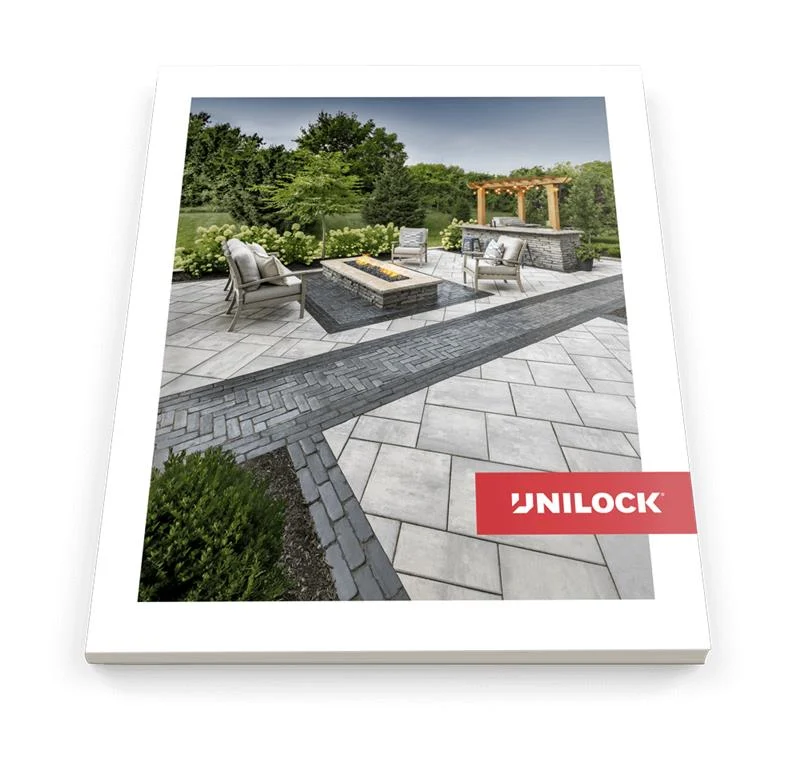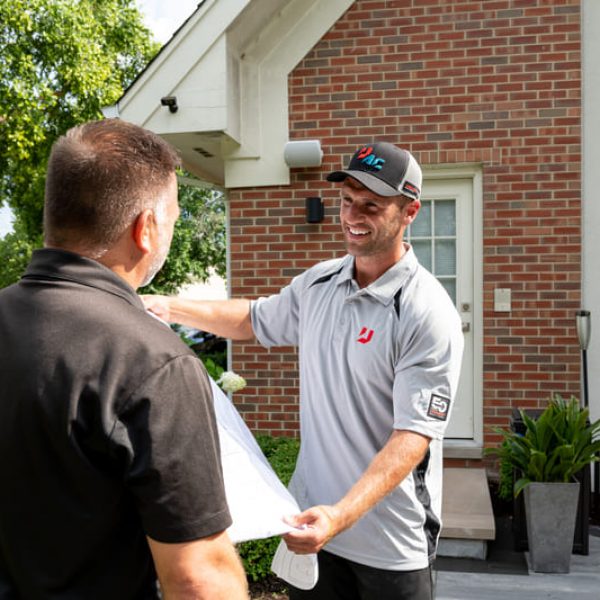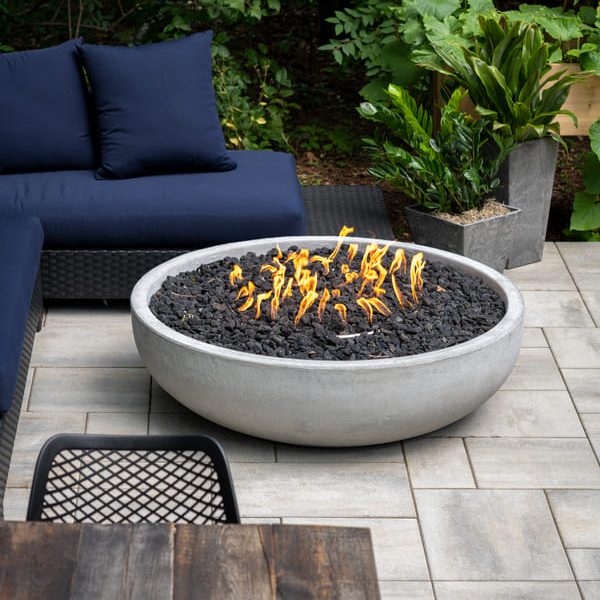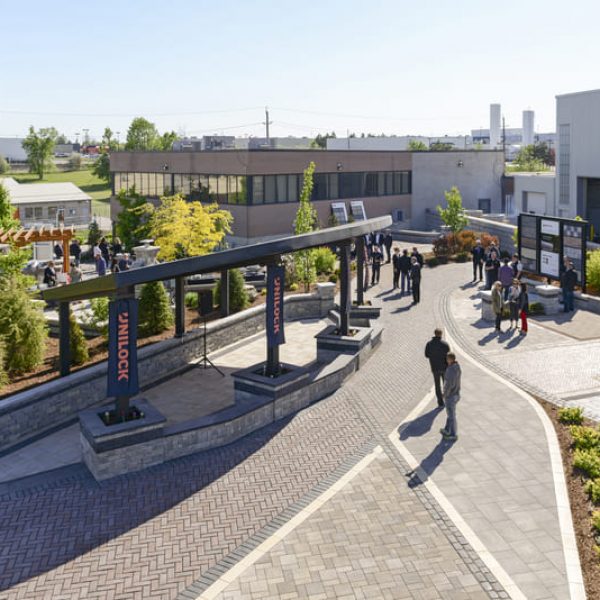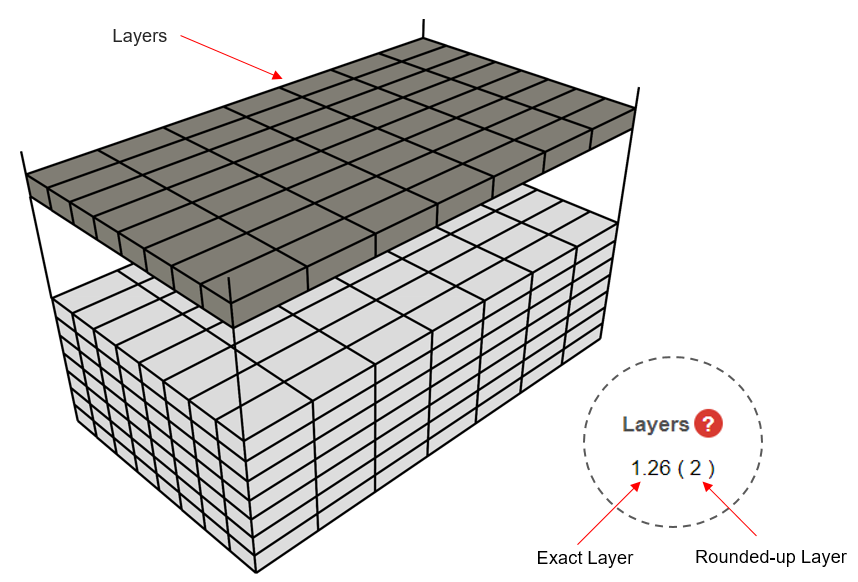Many residential hardscape projects start with a simple garden or planter wall. So what is a garden wall? Well, garden walls are small walls with a maximum height of two feet tall. They are generally built to:
- Help define planting beds
- Add elevation to a naturally flat area
- Allow for areas to be softened with plants
- Add some color to outdoor living spaces
- Add landscape privacy to simple patios
Most garden wall blocks range between four to six inches in height and eight to nine inches in depth. This relates to approximately four to six courses high of block finished off with a cap. Garden wall blocks are easy to handle because they are much lighter than larger engineered retaining wall products, weighing between 18 and 45 pounds per unit. The individual wall blocks are held together in the following ways:
- A concrete molded tongue and groove system
- A plastic “joiner” unit that is placed in a groove formed within the concrete block
- Concrete adhesive
Most of our small retaining walls are designed with a tapered unit, allowing for both straight and curved walls (as shown in the below right picture). I always recommend working within the natural manufactured radius of the block or greater. Most garden wall blocks have minimum radiuses greater than twenty nine to forty eight inches without modifying the natural trapper of the block. What does this mean to you? Well most natural curves are greater than that so you will not have to modify (cut) any of the blocks. If your design does require some cutting, it is easy with the correct equipment such as a concrete masonry saw with a diamond blade, which is very similar to cutting wood with a circular saw.
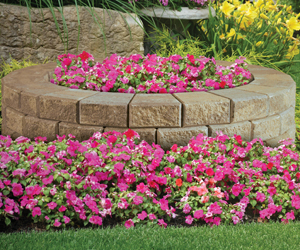
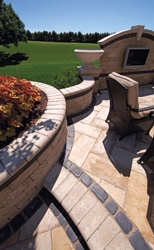
Adding a garden wall to your design is simple and can be personalized by adding a paver accent below the cap (shown in the above left picture). Finishing the wall off with a cap stone can give your garden wall a finished look that complements your home or patio.
